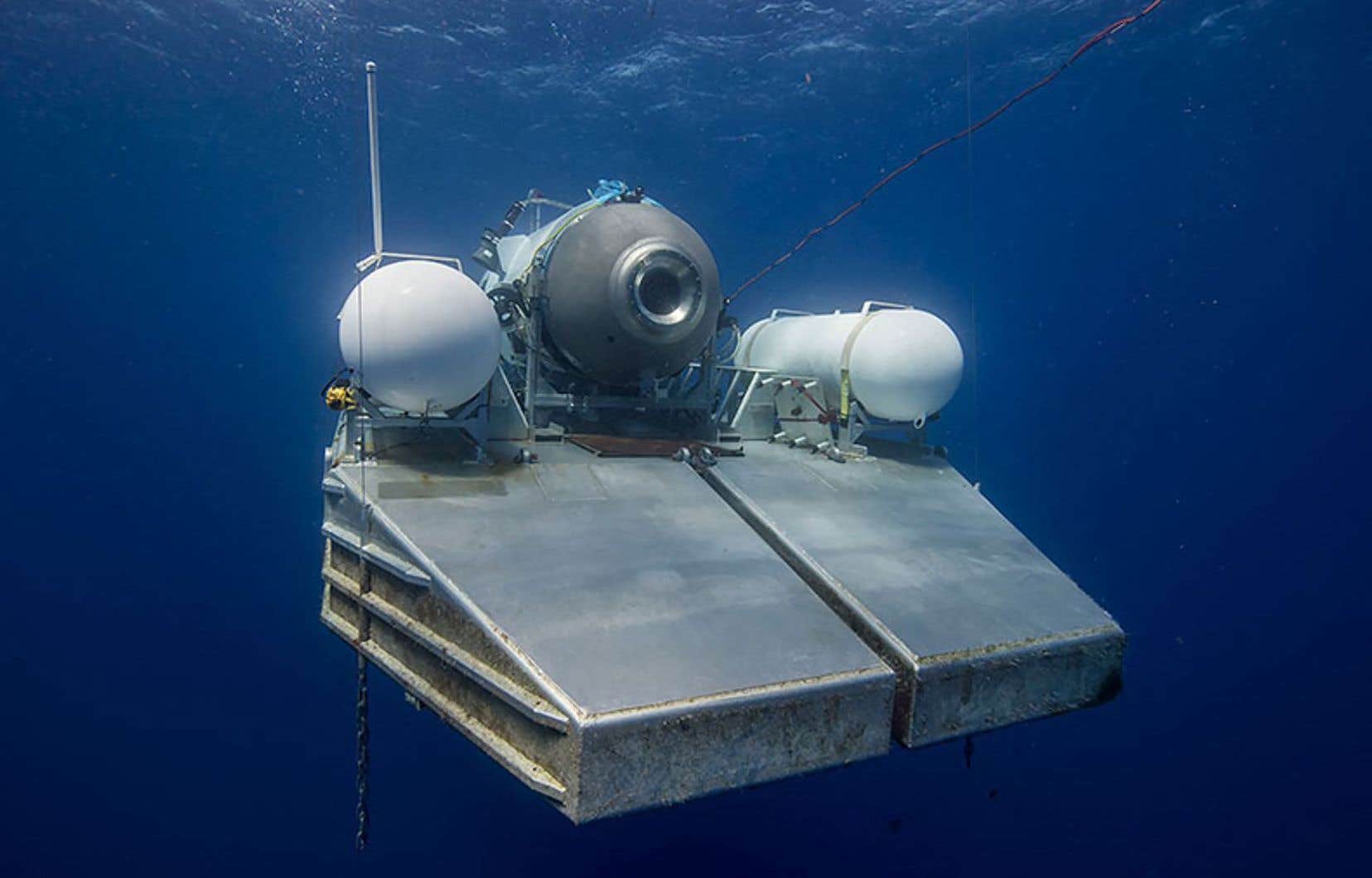The Transportation Safety Board of Canada (TSB) also opened an investigation into the submersible accident on Friday. Titanwhich also involves the vessel Polar Prince flying the Canadian flag.
The cargo ship Polar Prince provided surface support to the submersible Titan and was at the site of the wreck of the Titanic, 325 nautical miles — or 600 km — south-southeast of Cape Race, Newfoundland and Labrador.
A total of 17 crew members and 24 people were on board the Polar Prince. Among them, five were in the Titan and are presumed dead after debris from the submersible was found on the ocean floor on Thursday.
“In accordance with the Canadian Transportation Accident Investigation and Safety Board Act and international agreements, the TSB, as the flag State investigative agency of the support vessel in cause in the event, will carry out a safety investigation into the circumstances of this operation carried out by the ship Polar Prince flying the Canadian flag,” explains the TSB.
TSB investigators will begin their investigation in Saint John, Newfoundland and Labrador to gather information, conduct interviews and assess the occurrence. They will then coordinate with the other organizations concerned.
The US Coast Guard is also investigating the catastrophic implosion of the submersible Titanwhich shattered before sinking to the bottom of the Atlantic Ocean during an expedition to explore the wreck of the titanic.
All five people on board were presumed dead on Thursday, shortly after a crew guiding a remotely operated vehicle spotted the wreckage of the Titan about 500 meters from the bow of the titanic.
The U.S. National Transportation Safety Board released a statement on Friday confirming that the U.S. Coast Guard considers the incident of the Titan as a “major marine casualty” and therefore they would investigate.
A Canadian ship?
Since the search began late Sunday afternoon, the US Coast Guard has repeatedly indicated that the Titan was a Canadian vessel, as it was tied to a Canadian mother ship, even though the company operating the vessel is headquartered in Washington State.
The investigation into what happened with the Titan is already underway and will continue in the area around the wreckage of the titanicsaid Rear Admiral John Mauger, of the First District of the United States Coast Guard.
“I know there are also a lot of questions about the how, why and when of what happened. These are matters on which we will gather as much information as possible,” said Mauger, adding that it was a “complex case” that took place in a remote corner of the ocean. and which involved people from several different countries.
The first clue came Thursday night when a senior US Navy official revealed that after the Titan was reported missing on Sunday, the Navy analyzed its acoustic data and found an “anomaly” consistent with an implosion or explosion in the general vicinity of where the ship was operating when communications were lost.
Those killed are Stockton Rush, CEO of OceanGate Expeditions, the company that owned and operated the submersible; two members of an influential Pakistani family, Shahzada Dawood and his son Suleman Dawood; British adventurer Hamish Harding; and the French expert of titanic Paul-Henri Nargeolet.
THE Titan was launched at 8 a.m. Sunday and was reported late Sunday afternoon about 700 kilometers south of St. John’s, Newfoundland. Rescuers rushed ships, planes and other equipment to the site of the disappearance.
Any hope of finding the crew alive was dashed on Thursday, when the submersible’s 96-hour air supply was depleted and the Coast Guard announced that debris had been found about 500 meters from the vessel. titanic.
The Coast Guard said Thursday that the sounds detected during the search ― which had given rescuers hope the people might be alive ― were likely generated by something other than the Titan.
The Navy official who spoke of the “anomaly” heard on Sunday said the Navy had passed the information to the Coast Guard, who continued their search because the data was not considered definitive.
Tributes and praise for the researchers who tried to save them poured in from around the world.
Mr Harding’s family said in a statement: “He was one of a kind and we loved him. […] What he achieved in his lifetime was truly remarkable and if we can take any small consolation from this tragedy it is that we lost him while he was doing what he loved. »
In a statement beginning with a verse from the Quran, the Dawood family thanked the rescuers: “We are also indebted to our friends, family, colleagues and benefactors around the world who have supported us through this ordeal. »
A longtime friend and colleague of Mr Nargeolet told French media that when contact was lost on Sunday he quickly feared the worst.
“Unfortunately, I immediately thought of an implosion”, confessed Friday Christian Pétron, diver and retired underwater filmmaker, to France info. At the depths at which the submersible was operating, the pressure is intense and relentless, he noted.
“It is obvious that the slightest problem with the hull and its implosion is immediate,” added Mr. Pétron.
Director James Cameron, who has done many dives on the wreck of the titanictold the BBC that he had known that an “extreme catastrophic event” had occurred as soon as he learned that the submersible had lost navigation and communications at the same time.
“For me, there was no doubt, assured Mr. Cameron. There were no searches. When they finally brought down an ROV [véhicule télécommandé] able to reach the desired depth, they found it within hours. Probably within minutes. »
He added that the reports of the 96-hour oxygen reserve and the popping noises were a “protracted and nightmarish charade” that gave false hope to the families of the crew members.
With information from Patrick Whittle, Associated Press
